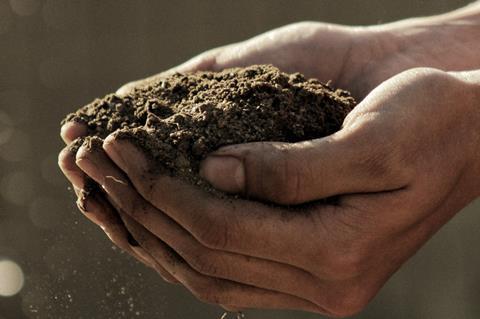
Arla Foods is kicking off a two-pronged scheme to gain greater knowledge of how regenerative dairy farming can improve soil biology, carbon capture, water quality and biodiversity.
The first prong is a pilot programme in partnership with regenerative farming experts. It will see 24 selected Arla farmers across five countries, including six in the UK, trained to implement various regenerative methods. Their learnings will be combined with data collection to build knowledge of how regenerative methods can be applied to different dairy farming systems and how they affect climate and nature.
How is the dairy industry addressing climate change?
Meanwhile, as the second prong, Arla’s organic farmers (including 114 in the UK) will assess and register their farm’s biodiversity activities once every year, to generate data. They will also collect soil samples to be analysed to establish a baseline of their soil carbon.
Furthermore, the farmers will undertake soil health and biodiversity measures. From 2022, they will also assess soil health indicators, such as spading ease and earthworm population.
A number of Arla farmers had “been exploring regenerative farming methods for some time” said Janne Hansson, chairman of Arla’s organic council. “Motivated by their enthusiasm, we decided to take a broader approach to this as a co-operative, spearheaded by the organic farmers and a group of pilot farmers.”
Regenerative agriculture has been gaining attention from producers, retailers, researchers, and consumers as one of the responses to the twin crises of climate change and biodiversity loss.
How Ash Amirahmadi has steered Arla through crisis after crisis
While there is a general consensus that improvement of soil health and biodiversity are core elements in regenerative farming, there is no universally agreed definition of the approach. Plus, there were very few scientific examples of regenerative methods on European dairy livestock farms, Arla said. The co-operative wanted “to be part of filling this important data gap”.
“While we have full attention on reducing our carbon emissions, the positive impact farmers can create as stewards of the land has not yet been thoroughly scientifically proven,” said Arla head of agri commercial support Joanna Lawrence.
“We want to secure more science-based knowledge to enable dairy farmers to take the right action for the future.”







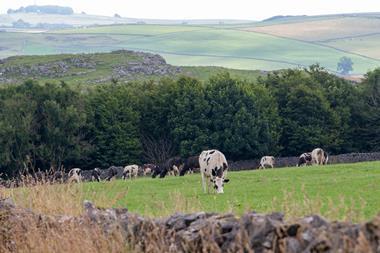
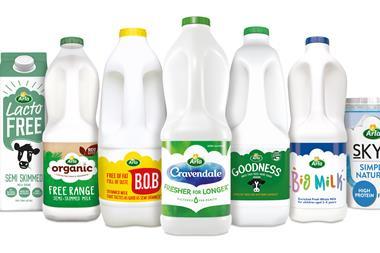
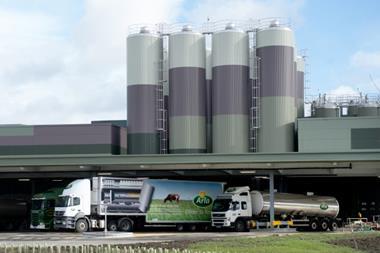
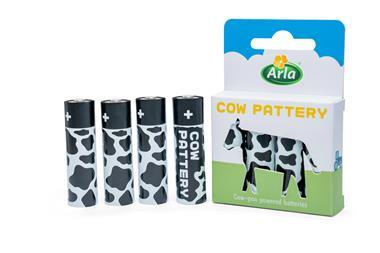

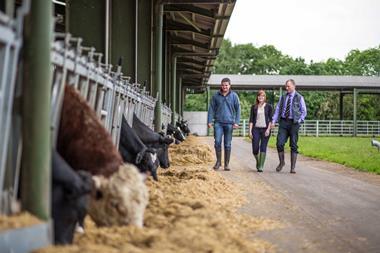






No comments yet